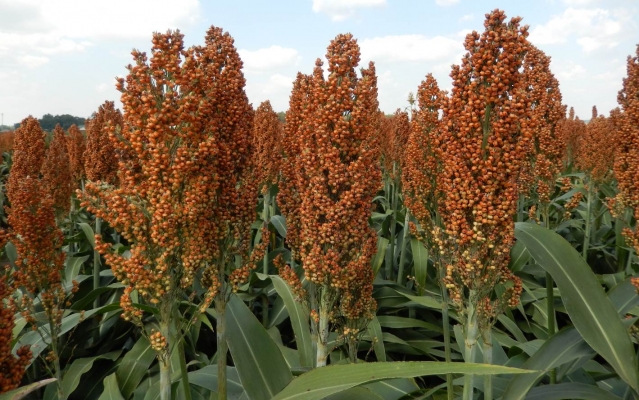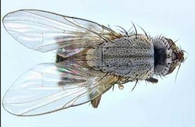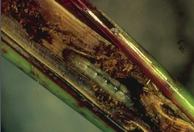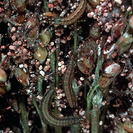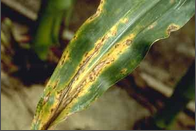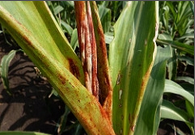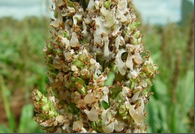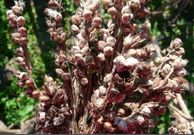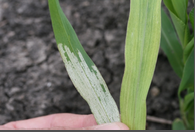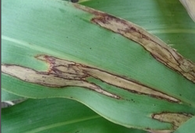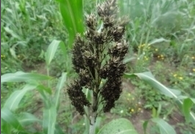Varieties for Kharif Season:
CSV 14, CSV 23, CSV 15, CSV 17
SPV 462
NTJ 1, NTJ 2
SPV 462
CSV 15, CSV 20, CSV 23
Hybrids for kharif sowing:
CSH 25, CSH 23, CSH 18, CSH 16
CSH 14, CSH 21, CSH 23, CSH 16
Varieties for rabi season:
Maaldandi, CSV 14, CSV 216, CSV 21
SPV 18, CSV 216, Phule Mauli, Phule Chitra
Phule Revati, Phue Utara, Phule Panchami
Hybrids for rabi season:
CSH 12R, CSH 15R, CSH 13R
Other states varieties:
CSH 16: Hybrid ready to harvest in 105-110days. Gives average yield of 12-14qtl/acre.
CSH 9 : Hybrid ready to harvest in 105-110days. Gives average yield of 15-17qtl/acre.
CSH 14: Hybrid ready to harvest in 100-105days. Gives average yield of 14-16qtl/acre.
CSH 13: Hybrid ready to harve0st in 115-125days. Gives average yield of 14-16qtl/acre.
UP Chari 1 and 2: Use for fodder purpose. Gives green fodder yield of 140-180qtl/acre.
HC 171: Tall variety suitable for sowing in kharif and summer season. Ready to harvest in 110days. Gives average yield of 160qtl/acre.
HC 136: Multicut variety suitable for sowing under irrigated conditions. Ready to harvest in 140days. Gives average yield of 160qtl/acre.
Sweet sudan: Tall, Multicut variety suitable for sowing under irrigated conditions. Gives average yield of 300qtl/acre.
SSG 59-3, Pusa Chari, HC 136, Pusa Chari 9, Pusa Chari 23
HC 260, HC 171, Harasona 855 F, MFSH 3, PCH 106
Safed Moti (FSH 92079), CSH 20MF, Haryana Jowar 513, CSH 24MF

